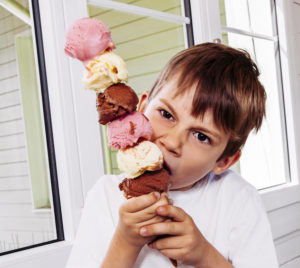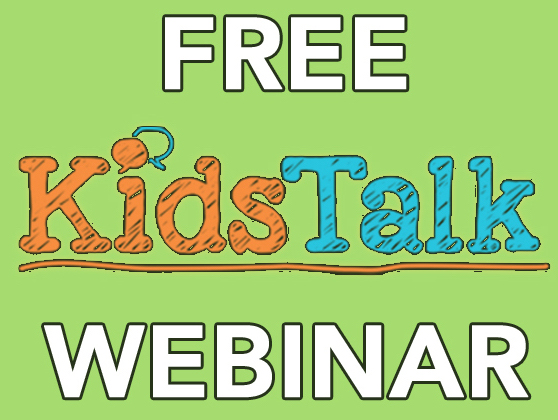
My husband likes to stop and indulge in an Italian dessert at our local gelato shop. On any given day there may be thirty different varieties of gelato on display. New and untried flavors, such as mango/lime, are frequent.
My husband usually asks to taste five or six flavors before deciding on two scoops.
“How can I make a choice unless I know what I’m choosing?” he says when I wonder out loud why he feels a need to “try” so many flavors.
But it is true.
Unless we have knowledge of what we are choosing, how can we choose?
Without knowledge, a choice is more like a gamble or a lazy way to move to the next thing. Without knowledge, our decisions may place us in positions that we never imagined, and that we may not want to be. Ordering the mango/lime gelato without a sample might have you wishing you ordered chocolate instead, or thinking that you threw your money away.
When we can choose something because we know we like it, we might even call the experience the beginnings of love.
Choice requires a series of experiences for all of us, child or adult.
When working with children we sometimes confuse the act of choosing to satisfy curiosity with the act of choosing based on knowledge and experience.
Choosing out of curiosity––like tasting samples at the gelateria––helps create knowledge and experience. Once we have knowledge and experience, we have a new found power, the power to act from real choice. When we know that we like mango/lime, chocolate, strawberry and caramel pecan, we can act from a vantage point that allows true choice. Curiosity is factored out of our decision.
We should offer our children experiences as just that; experiences that can create knowledge that will allow them the power to act from real choice.
Otherwise, our children’s behavior may appear to be like running from toy to toy in a huge store, or like taking a bite of every chocolate in the box and never eating one.
Experience doesn’t have to be a long drawn out affair. It can be like a taste sample at the ice cream store. We need to offer our children a wide variety of simple experiences with clear and accurate information so that they gain knowledge.
Using the correct word for items, for example, cardinal instead of red birdie, is one help.
Offering small tastes of new foods is another.
Giving a short demonstration on how to do a task, such as turning a page.
Smells, textures, shapes, movement, sounds, temperatures are only a few areas of experience where small bits of information will help children gain precision.
The power to act from real choice begins with curiosity being satisfied with clear and accurate experiences.
The knowledge gleaned from that will allow our children to truly choose what they like and like what they choose, in all aspects of their life, from activities to friends, to careers to vacations.
As well as in selecting a scoop of gelato.


I’ve never thought about this before! This is very helpful to think about with my 2 year old.
How should I handle choosing desserts?
Before 2, we generally didn’t give her any experiences with desserts. Since it’s impossible to limit sweets outside our home, we’ve started letting, or rather, giving into letting her have what she sees everyone else eating.
Last night, at a small party, she could reach the cookie and brownie plate. I tried giving her the suggestion of just taking one of each, but she asked for more and often helped herself to more. I don’t want to make food an issue. And she did eat fairly well before the desserts were put out.
But I’m curious how to teach children not to choose more than one? But let’s be honest, I ate more than one. I’m curious about your thoughts on experiences with desserts and how to limit them in a world where most weekends are filled with outings and get-togethers that include dessert.
Ruth,
As soon as children crawl we have difficulty with what they put in their mouths!
My experience is to let our under-threes have the taste experience. Once a child tastes something, then we can name it. “That was a brownie.”
Around age 2.5 to 3 years we start to see children become more socially aware and have more self-control and we can instruct children that it is good manners to only take one cookie when we are visiting others.
To our younger child we can tell them to “only take one cookie” but the maturity is not there to assure their success.
And there will be that inevitable learning moment that our child gets sick because of eating too many s’mores around the campfire.
If we focus on balanced eating with low sugar at home, our children will follow our lead.
Another Kids Talk article:
http://marenschmidt.com/2008/07/and-they-call-it-veggie-love/